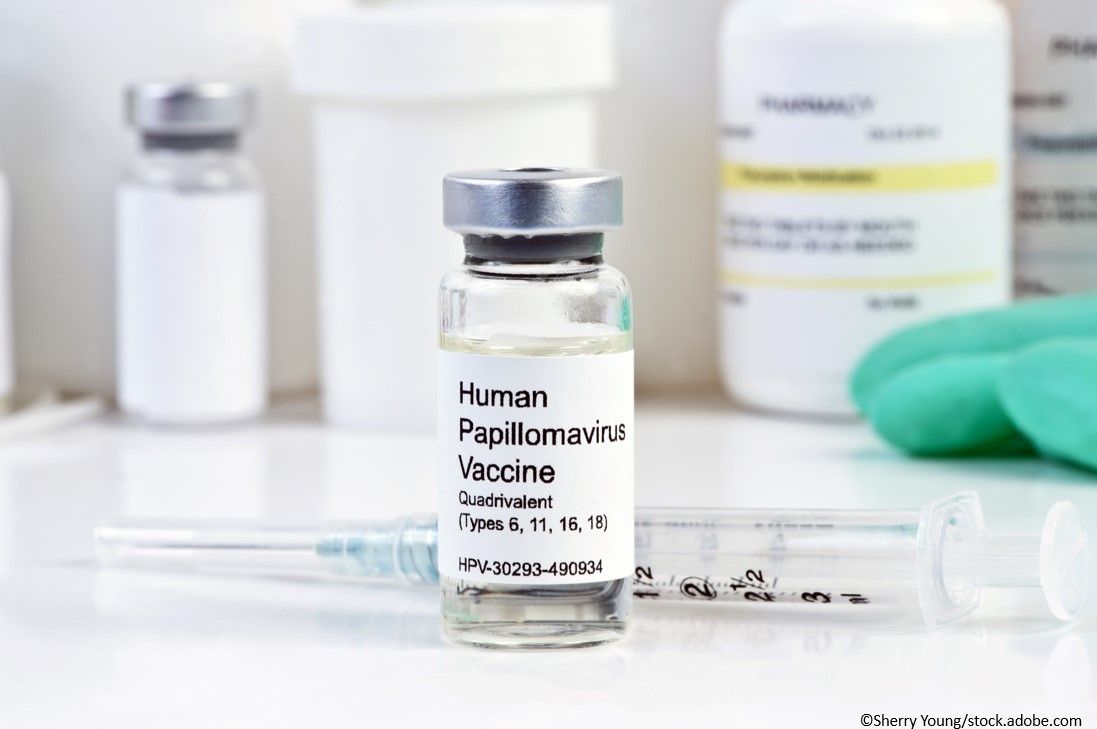CDC: One-Third of Children in US Received an HPV Vaccine Dose
According to a new CDC report, 38.6% of children aged 9-17 years received ≥1 doses of the HPV vaccine in 2022.

More than one-third of children aged 9-17 years in the US had received ≥1 human papillomavirus (HPV) vaccine doses in 2022, according to a new report from the US Centers for Disease Control and Prevention (CDC).
HPV is the most common sexually transmitted infection in men and women in the US, according to the CDC.
“HPV vaccination in the United States has been recommended for girls since 2006 and for boys since 2011 and requires multiple doses. This vaccine, targeted for children ages 11–12 years, may be started at age 9,” wrote first author Maria A. Villarroel, PhD, and colleagues from the National Center for Health Statistics, in a new data brief.
Villarroel and colleagues used parent-reported data from the 2022 National Health Interview Survey to describe the percentage of children aged 9-17 years who received at least 1 HPV vaccine dose by selected sociodemographic and health characteristics.
According to their review of the data, 38.6% of children aged 9-17 years had received ≥1 HPV vaccine doses in 2022. Uptake increased with age, from 7.3% at age 9-10 years, to 30.9% at age 11-12 years, 48.8% at age 13-14 years, and 56.9% at age 15-17 years.
Children with private health insurance (41.5%) were most likely to have received ≥1 HPV vaccine doses compared with children with Medicaid coverage (37%), other government coverage (30.2%), and those without insurance (20.7%). Children living with a disability were also more likely to receive ≥1 HPV vaccine doses.
Researchers also took note of where children resided, with children living in large central metropolitan areas (39.4%), large fringe metropolitan areas (41.1%), and medium and small metropolitan areas (39.4%) being more likely to have received ≥1 HPV vaccine doses compared with children living in nonmetropolitan areas (30.0%).
Source: Villarroel MA, Galinsky AM, Lu PJ, Pingali C. Human papillomavirus vaccination coverage in children ages 9–17 years: United States, 2022. NCHS Data Brief, no 495. Hyattsville, MD: National Center for Health Statistics. 2024. doi: https://dx.doi.org/10.15620/cdc:145593